Hidden gems in Budapest guidebooks don’t write about
EnglishWe have gathered some of the lesser-known sights in the capital.
Gercsei Church
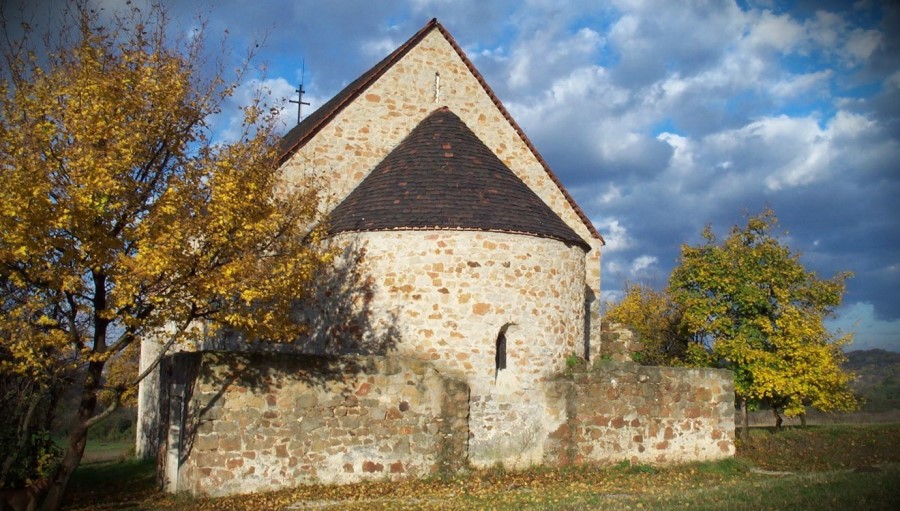
On the outskirts of the capital stands a Romanesque church, which was erected almost 900 years ago. The building originally belonged to the medieval village of Gercse. A significant part of the church was lost in a fire. It was restored in its current form in 1997.
Saxlehner Palace
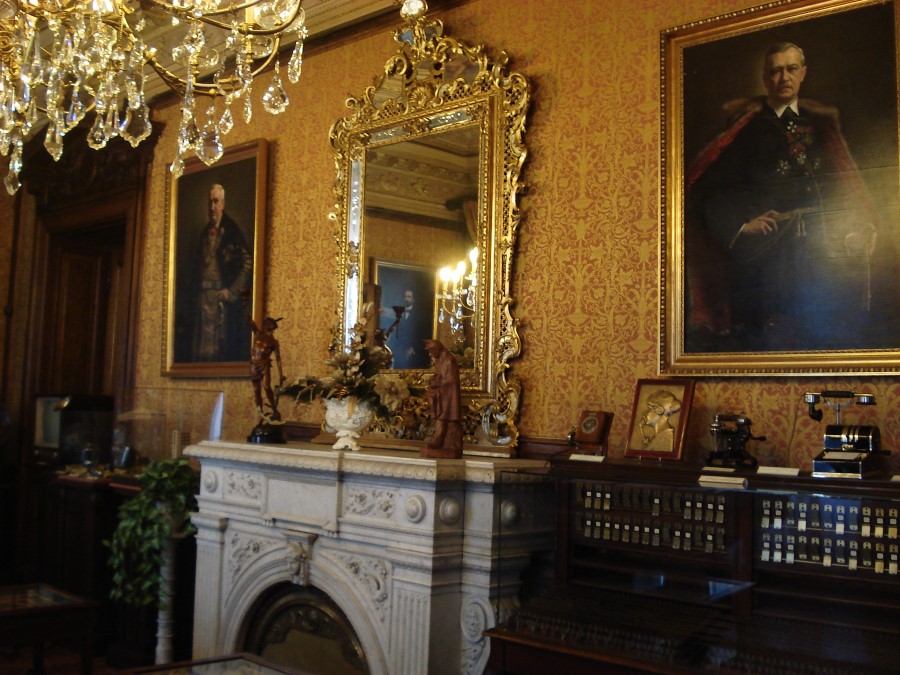
The owner of the Sasad thermal springs built a palace at the end of the 19th century at 3 Andrássy út. What makes it special is the fact that its interior has remained intact, so it offers an insight into the living conditions of the upper middle classes at the turn of the century.
Medieval city walls
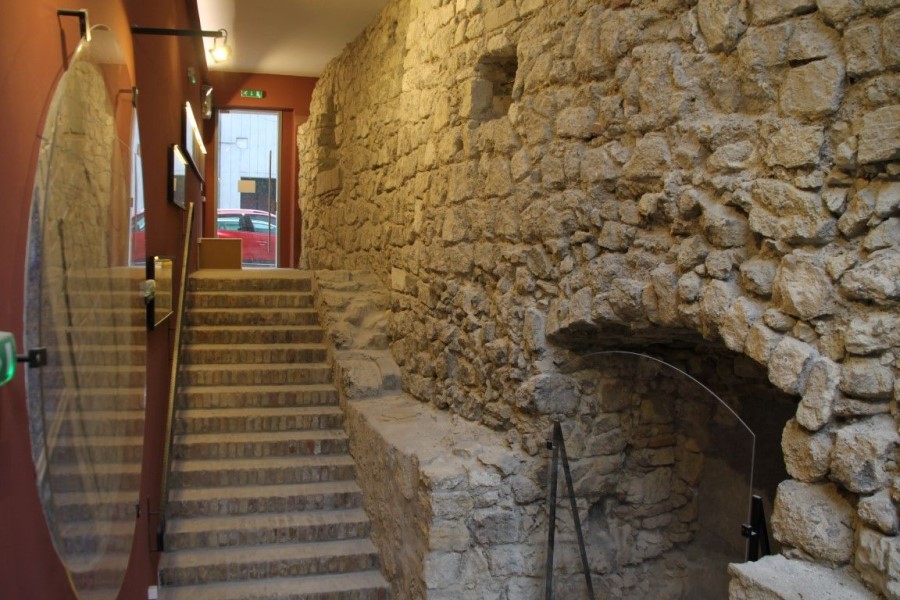
The town of Pest was surrounded by a city wall until about 500 years ago. The defence system, which had four fortified gates, ran along today's Kiskörút. It was ruined during the Turkish occupation and most of it was completely demolished later, but some fragments of the walls are still standing. Such fragments can be seen today mostly in courtyards, one of the most spectacular examples of which can be found at 13 / b Királyi Pál utca. (source of photo)
Festetics Palace
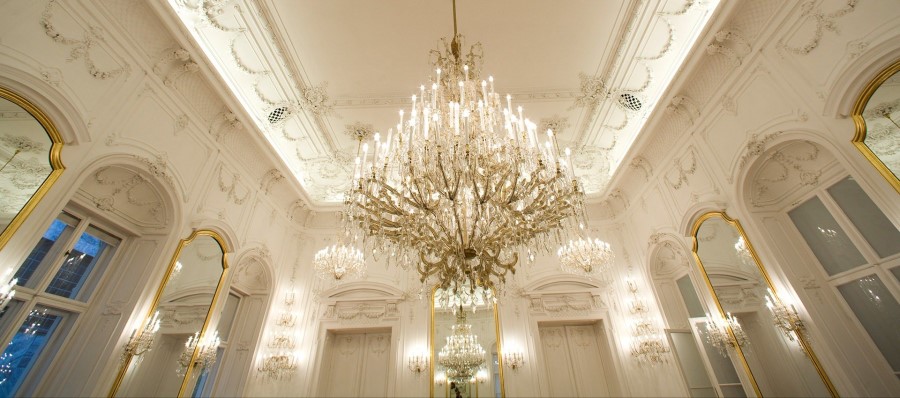
György Festetics believed that a Hungarian magnate should build a palace of his own not only in Vienna but also in Pest. Later, several wealthy families followed this example and as a result, so many stately homes were built around the National Museum that the whole quarter was given the name ‘Palace District’. The Festetics Palace itself was designed by the famous Hungarian architect Miklós Ybl. (source of photo)
Frankel Leo Street Synagogue
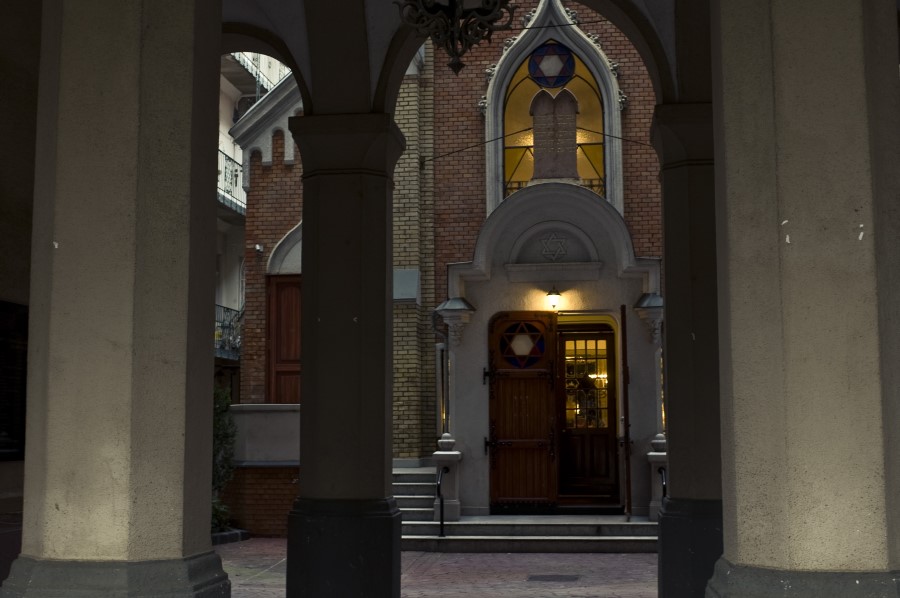
This place of worship is hidden in the courtyard of a residential building at 49 Frankel Leó út. There is only a seven-branched candlestick (menorah) and a few stars of David on the facade reminding of the synagogue still standing in the courtyard.
Sedilia in the Buda Castle
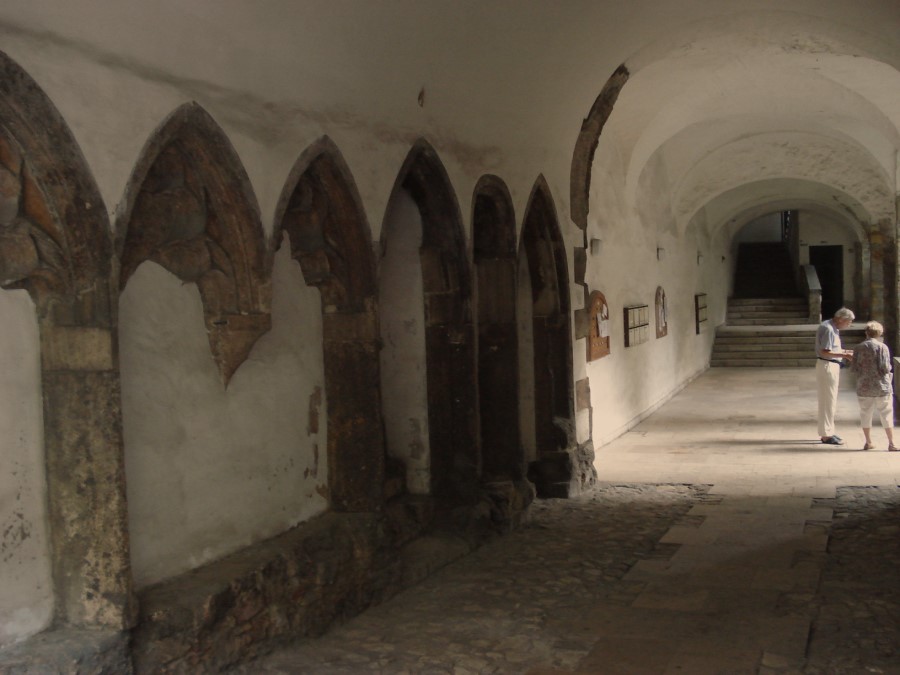
The exact purpose of the small cabins that were built next to the entrances of many buildings in the Buda castle in the Middle Ages is still a mystery. There are theories that they are just ornaments, or that the servants used to rest in these seats, but there is also a theory that these medieval cabins were used for selling wine. Whatever the truth is, this architectural solution was very popular in the Middle Ages, as there are more than 60 such sedilia in the Buda castle alone.
Piano workshop with a closed balcony
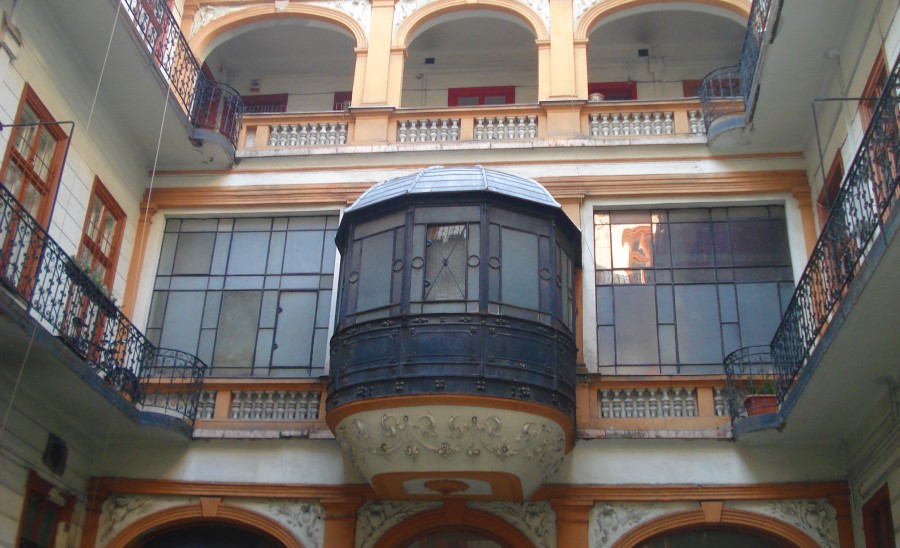
Walking along Nagykörút, it is worth going into the buildings and taking a closer look at the inner courtyards. One of the most beautiful examples of the hanging corridors is located at 21 Erzsébet körút. It has been more than 70 years since the renowned Sasvár Piano Workshop moved into the apartment with the closed balcony.
Görgey's headquarters
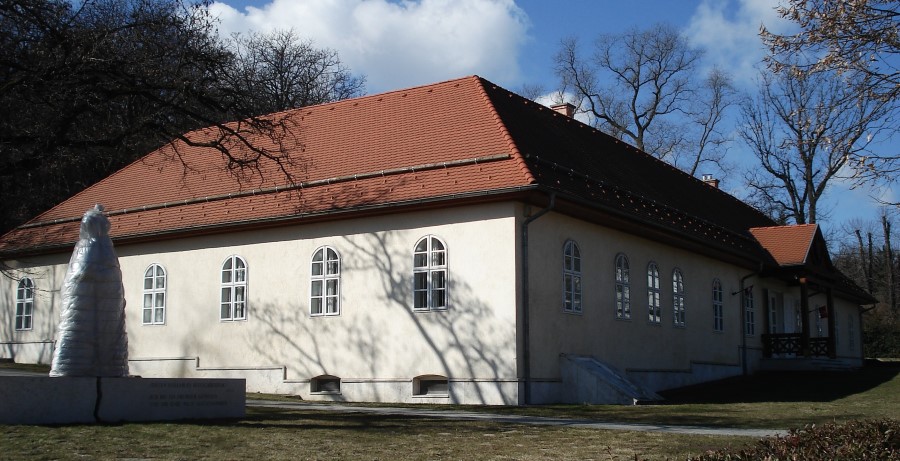
The building is not very impressive from an architectural point of view, but its historical value is priceless. The building, in which Artúr Görgey set up his headquarters during the siege of Buda in the second year of the freedom fight, is situated at 58-60 Szarvas Gábor út.
Batthyány Mausoleum
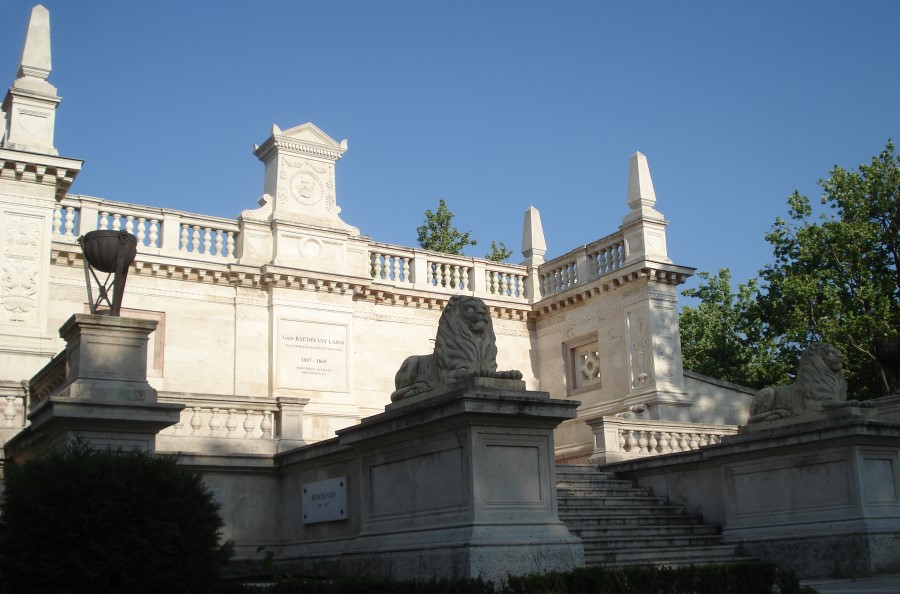
Many prominent figures of Hungarian history have their final resting place in the National Cemetery in Fiumei út. Hungary's first constitutional prime minister, Lajos Batthyány and his family are also buried here. The ornate mausoleum was built from public donations.
Rock Church on Gellért Hill
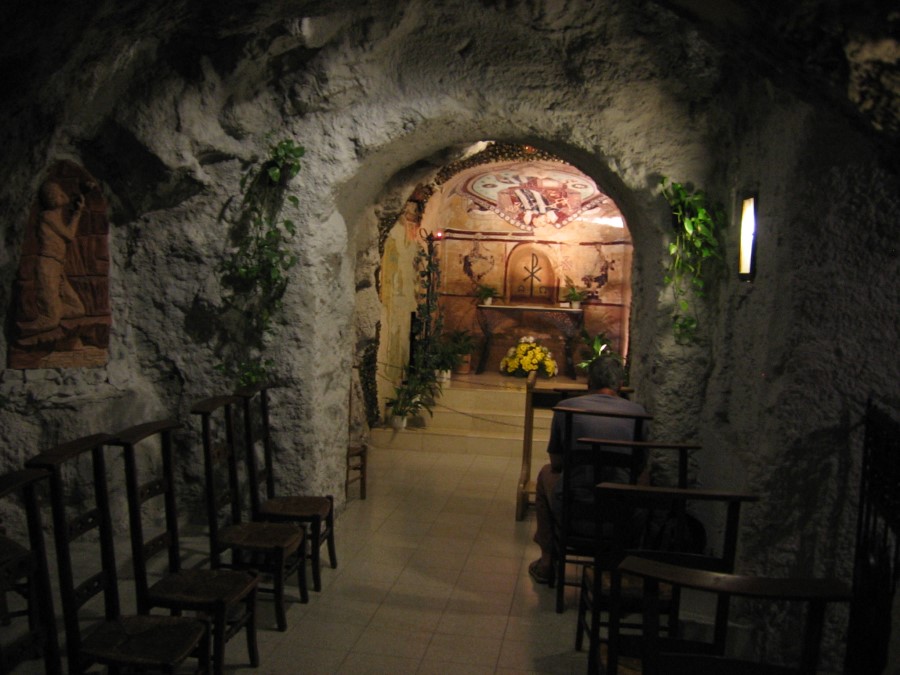
The rock church was built back in 1931 as a continuation of an existing natural cave. Thanks to the hot springs, the shrine has a temperature of around 20 degrees at all times of the year.
